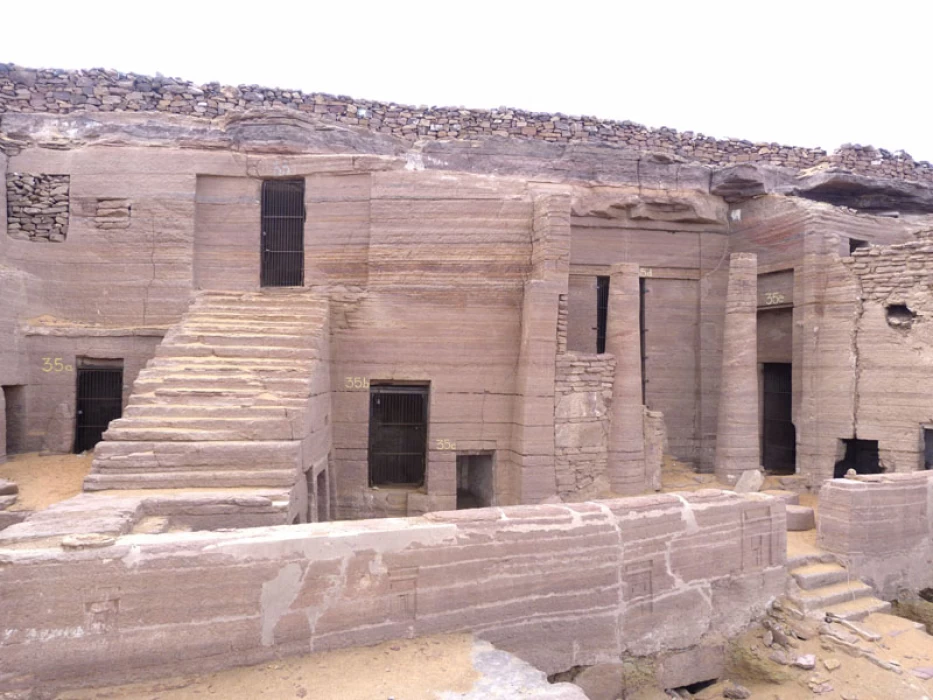
Tombs of the Nobles in Aswan
The Tombs of the Nobles
One of the most beautiful areas in Aswan is one of the most famous archaeological areas in the Western Bird Mountain facing Aswan City in which there are archaeological "nobility tombs", an important historical era dating back some 2200 years BC and contains 66 regional governors' cemeteries in the south, the only rock cemeteries in Egypt carved into the mountain.
It belongs to the ancient and modern State, some of which belong to the Roman and Coptic times which attracts a large number of foreign and Egyptian tourists, who are keen to visit it and listen to the beauty of the geographical location west of the Nile, and visit the Hawa Dome on the West Mountain on the Nile.
The graves of nobility are divided into the 3 levels carved in the rock of the mountain, with the graves of Sarnbot I and Sarnbot II, returning to the Middle State era, Harkhov cemetery and Old State era, Mekhou and Sabny cemetery, a double cemetery and return to the Sixth Dynasty, open to visit
The graves of nobility are carved in the sandy rock and date back to ancient times and have a historical significance that places them at the forefront of the tombs in Egypt, the most important of which are the tombs Mejo and my son are also given an idea of the architectural style of the tombs, as well as of the titles and functions of the rulers of the South, where the inscriptions on the walls of these tombs illustrate the role played by these princes in protecting the country or in making trips within Africa.
The tombs begin with a rising sandpath leading to the entrance, immediately followed by the cemetery lounge based on plumes cut into the rock, and their walls are decorated with views of the ancient Egyptian daily life such as planting, ploughing, sacrifice, bird hunting in delta marshes and deserts, and in the middle of the lounge there is a well leading to the burial room below the cemetery.














